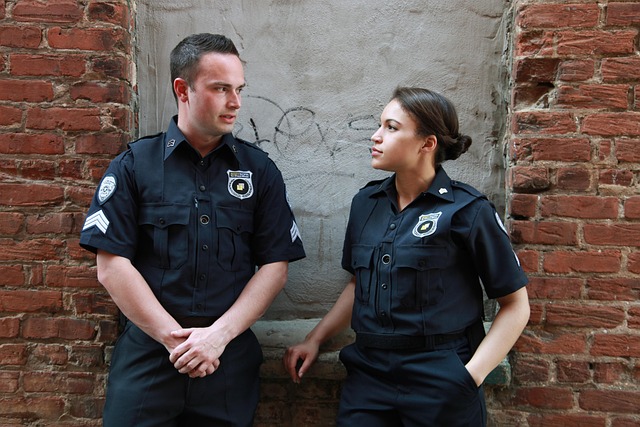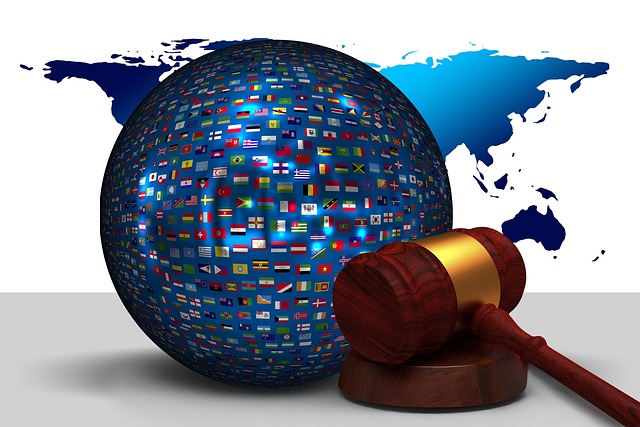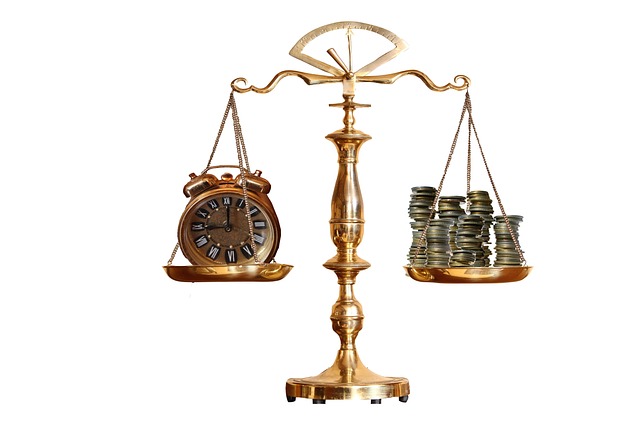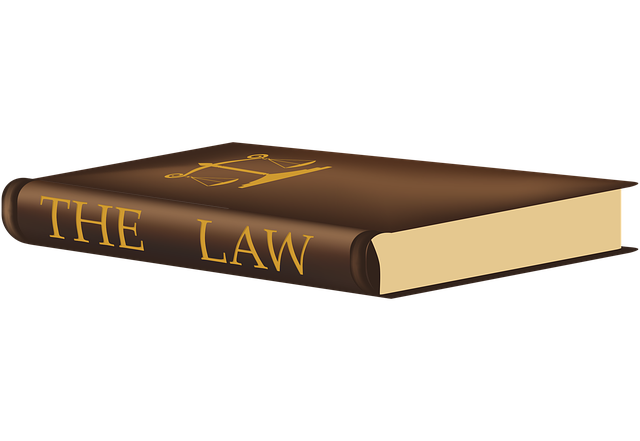Public corruption trials demand a nuanced approach due to jury biases influenced by media and societal perceptions. Understanding these biases is crucial for ensuring fairness, transparency, and impartial decision-making. By employing strategic jury selection techniques, uncovering hidden prejudices, and promoting diverse representation, lawyers can mitigate potential biases, aiming for balanced deliberations and fair verdicts in complex cases involving corporate and individual defenses. "Understanding Jury Biases in Criminal Cases" is essential for navigating the intricacies of the justice system and upholding its integrity.
“Public corruption charges represent a significant challenge in the legal landscape, demanding meticulous scrutiny. This article delves into the intricate web of ‘Understanding Jury Biases in Criminal Cases’. We explore defining public corruption charges and the pivotal role juries play in these trials. Furthermore, we analyze common jury biases, their implications on decision-making, and essential strategies to mitigate bias risks, ensuring fair and impartial adjudication.”
- Defining Public Corruption Charges: Unraveling the Legal Concept
- The Role of Juries in Corruption Trials: Expectations and Challenges
- Exploring Common Jury Biases: Perceptions and Decision-Making Processes
- Mitigating Bias Risks: Strategies for Fair and Impartial Jurying
Defining Public Corruption Charges: Unraveling the Legal Concept

Public Corruption Charges refer to allegations of misconduct by public officials or those in positions of power who abuse their authority for personal gain. This legal concept involves a range of unethical behaviors, from bribery and embezzlement to fraud and abuse of office. Understanding these charges is crucial, especially when considering the impact on society and democratic institutions. The implications extend far beyond mere legal consequences; they shape public trust and confidence in government, business, and political communities alike.
In the context of criminal cases, particularly jury trials, unraveling the legal concept requires an understanding of how juries interpret evidence and make decisions. Jury biases can significantly influence outcomes, especially when dealing with complex issues like corruption. Throughout all stages of the investigative and enforcement process, it’s essential to ensure fairness and transparency to mitigate potential biases. This includes presenting clear and unbiased information to the jury, ensuring diverse representation, and carefully managing the trial environment to foster an impartial decision-making process.
The Role of Juries in Corruption Trials: Expectations and Challenges

Juries play a pivotal role in corruption trials, acting as the critical link between evidence presentation and societal justice expectations. Understanding jury biases in criminal cases is essential when navigating the complexities of public corruption charges. While juries are tasked with rendering impartial judgments based on the evidence presented, historical trends suggest an unprecedented track record of successful defense verdicts across the country highlights inherent challenges. These include overcoming community perceptions influenced by media coverage and ensuring jurors can set aside preconceived notions about political figures or certain industries.
Mastering the art of jury selection becomes paramount to address these challenges. Prosecutors and defenders alike must strategically interrogate potential jurors, unearthing hidden biases that could taint their ability to fairly assess the evidence. By recognizing and addressing these biases, lawyers can advocate for a more balanced deliberation process, ultimately aiming for winning challenging defense verdicts while upholding the integrity of the judicial system.
Exploring Common Jury Biases: Perceptions and Decision-Making Processes

Understanding Jury Biases in Criminal Cases is essential for navigating the complexities of the justice system. Juries play a pivotal role in determining the outcome of criminal trials, making their decision-making processes crucial. Perceptions often shape these decisions, influenced by societal norms, media coverage, and personal experiences. Common biases include assumptions based on race, gender, or socio-economic status, which can skew judgment in all stages of the investigative and enforcement process.
These biases impact how corporate and individual clients are perceived, leading to potential unfair treatment within the general criminal defense strategy. Recognizing and addressing jury biases are critical steps towards ensuring a fair trial. By understanding these perceptions and decision-making processes, legal professionals can develop robust defenses that counteract such biases, upholding the integrity of the justice system throughout all stages of investigation and enforcement.
Mitigating Bias Risks: Strategies for Fair and Impartial Jurying

In public corruption cases, understanding jury biases is paramount for securing fair and impartial judgments. Criminal defendants, particularly in white-collar defense scenarios, often face challenges due to preconceived notions about corrupt behavior. To mitigate these risks, attorneys must employ strategic tactics during jury selection and trial proceedings. One crucial approach involves thorough juror screening to identify any implicit biases or personal experiences that could influence their decision-making.
By questioning potential jurors about their views on government transparency, trust in institutions, and previous exposure to similar cases, defense teams can uncover bias risks. This process enables the creation of a jury pool diverse enough to represent a range of perspectives, ensuring a more balanced perspective during jury trials. Moreover, effective cross-examination techniques and compelling closing arguments can challenge biased assumptions, helping to achieve winning challenging defense verdicts in public corruption cases.
Understanding jury biases is essential in ensuring fairness within public corruption trials. By recognizing common perceptions and decision-making processes, legal professionals can employ strategies to mitigate risks of bias. This comprehensive approach fosters impartial jurying, strengthening the integrity of the criminal justice system. In light of these findings, it’s crucial to continually explore and implement methods that promote transparency and objectivity in the courtrooms, thereby upholding the principles of justice.






